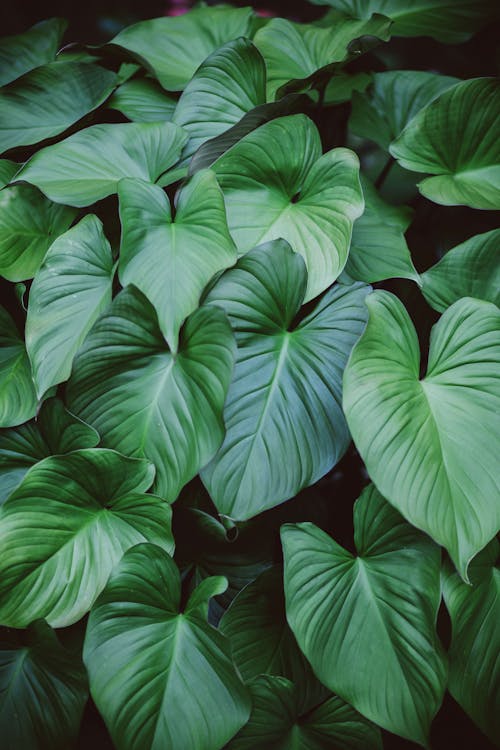
Background and History of the Philodendron Heartleaf Plant
Share
The Philodendron Heartleaf Plant not only has a beautiful appearance, but also an interesting background. This plant has its roots deep in the tropical rainforests of Central and South America and has a rich history as a houseplant.
Origin and natural habitat
The Philodendron Scandens originates from the rainforests, where it grows along trees and rocks. With its long tendrils and heart-shaped leaves it climbs up to the light. This adaptation makes it so versatile and suitable as both a hanging and climbing plant in the house.
Name and meaning
The name “Philodendron” means “love of trees” (philo = love, dendron = tree). The Heartleaf Plant lives up to its name with its heart-shaped leaves, which symbolize love and connectedness.
Popularity over the years
The Philodendron Heartleaf has been popular as a houseplant for decades. In the 1970s, it was an icon of retro interiors, and today it remains a favorite for its easy-care nature and beauty. Its air-purifying properties make it extra popular.
Interesting facts
• The Heartleaf Plant is known for its ability to survive in dark corners, making it unique among houseplants.
• It can easily adapt to different environments and grows both in pots and hydroponics.
• Philodendron Scandens is sometimes confused with Pothos, but the Heartleaf has softer leaves and a more subtle appearance.
With its rich history and meaning, the Philodendron Heartleaf Plant is more than just a decorative element. It brings a piece of tropical nature and symbolism into your home.
